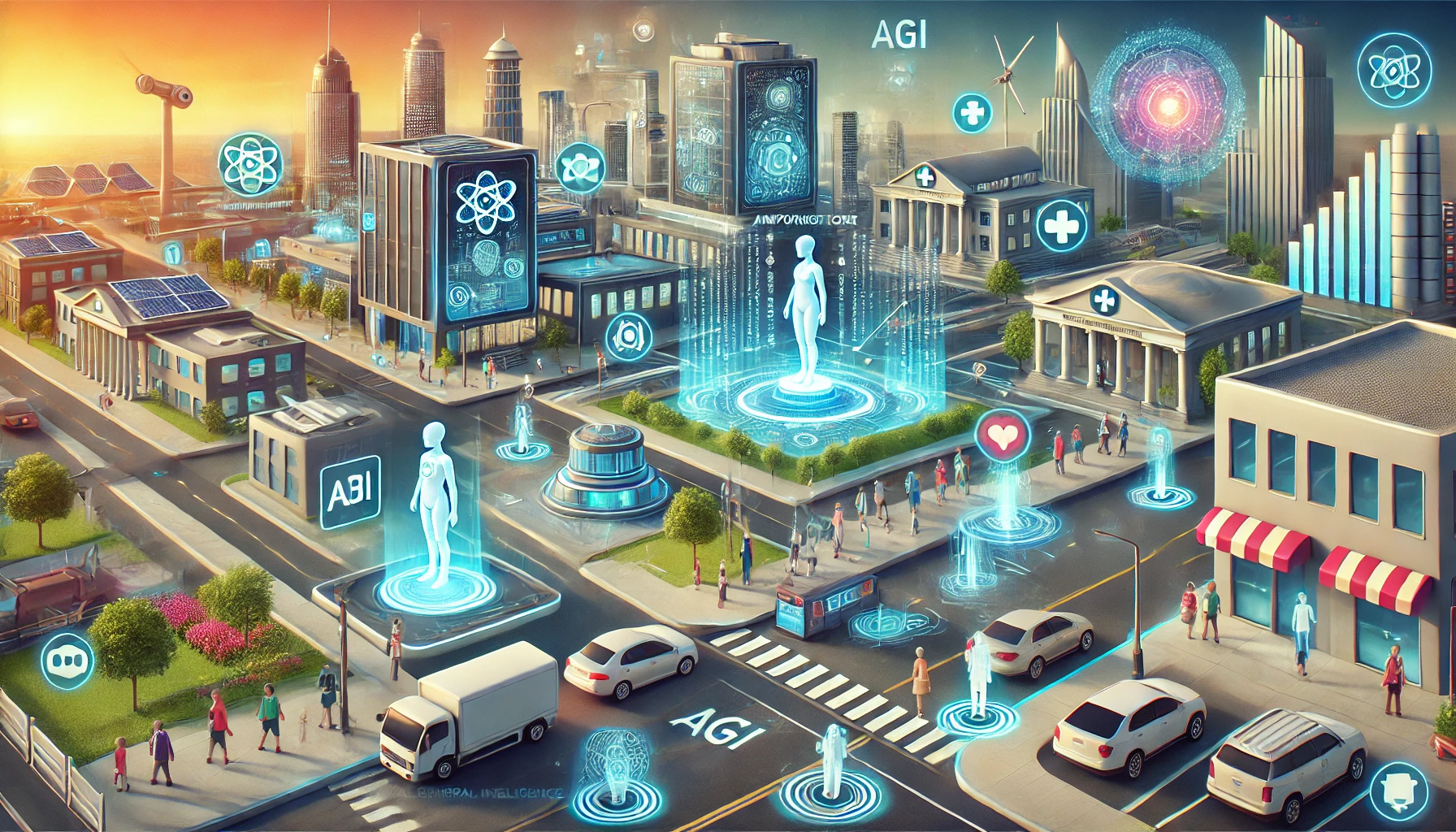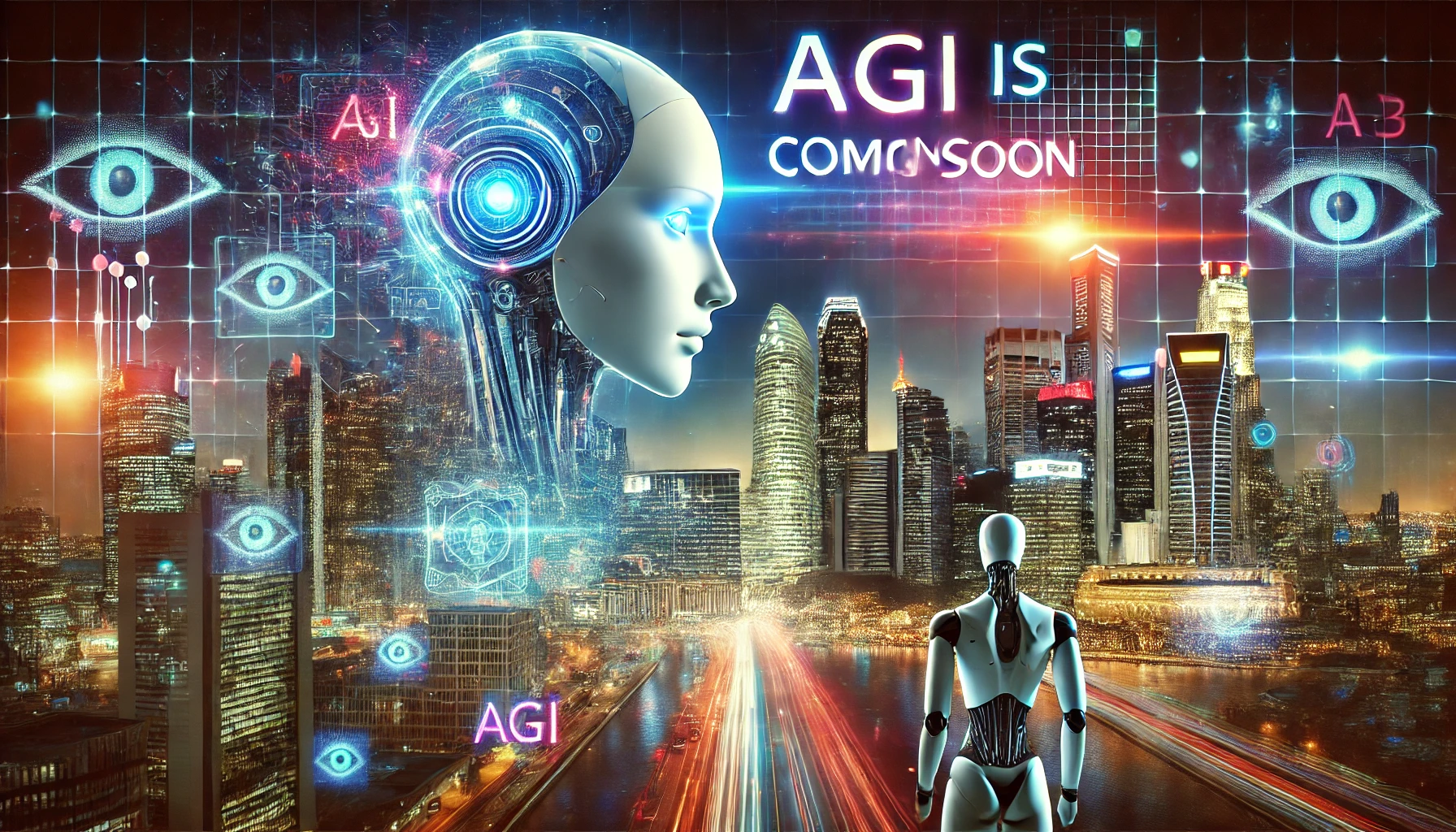In a rapidly advancing digital age, Artificial General Intelligence (AGI) holds the promise of revolutionizing public service delivery by addressing long-standing inefficiencies in government processes. Unlike narrow AI systems designed for specific tasks, AGI possesses the capacity for broad reasoning, learning, and decision-making, akin to human intelligence. By leveraging AGI, governments can modernize their operations, enhance citizen engagement, and reduce administrative bottlenecks. Here’s how AGI can transform public service delivery:
1. Automating Administrative Processes
One of the primary inefficiencies in government operations is the sheer volume of repetitive administrative tasks. These include processing permits, managing tax records, and handling social service applications. AGI-powered systems can automate these workflows with greater speed and accuracy than traditional methods, freeing up human resources for more strategic roles. For instance:
- Application Processing: AGI can instantly validate, cross-check, and approve citizen applications for passports, driver’s licenses, or welfare benefits.
- Data Entry and Management: By intelligently managing vast databases, AGI can eliminate redundant data entry tasks and reduce human errors.
2. Enhancing Decision-Making
Government decisions often require synthesizing data from diverse sources, ranging from economic indicators to environmental studies. AGI excels at integrating and analyzing large, complex datasets to provide actionable insights. This can lead to:
- Improved Policy Design: By simulating the potential outcomes of proposed policies, AGI can help policymakers craft more effective and equitable solutions.
- Resource Allocation: AGI can optimize the distribution of public resources, ensuring that areas of greatest need receive appropriate funding and support.
3. Revolutionizing Citizen Services
AGI can dramatically improve the citizen experience by enabling seamless, personalized interactions with government services. This can be achieved through:
- Virtual Assistants: Intelligent chatbots powered by AGI can answer citizen queries, guide them through processes, and resolve issues 24/7.
- Proactive Service Delivery: Instead of waiting for citizens to apply for benefits or services, AGI systems can proactively identify eligible individuals and notify them, reducing barriers to access.
4. Detecting Fraud and Ensuring Compliance
Fraud and non-compliance are significant drains on public resources. AGI can strengthen governance by:
- Pattern Recognition: Identifying unusual activity patterns in financial transactions or benefit claims that may indicate fraud.
- Real-Time Audits: Continuously monitoring compliance across various sectors, from tax filings to environmental regulations, ensuring adherence to legal standards.
5. Increasing Transparency and Accountability
Governments often face criticism for opacity and inefficiency. AGI can enhance transparency by:
- Data Democratization: Providing citizens with real-time access to government data, budgets, and project statuses in user-friendly formats.
- Performance Metrics: Tracking and publishing the performance of government initiatives, ensuring accountability and trust.
6. Reducing Bureaucratic Delays
Bureaucracy is often synonymous with delays and inefficiencies. AGI can streamline complex processes, such as:
- Public Procurement: Automating procurement systems to ensure fairness, efficiency, and compliance with regulations.
- Inter-Agency Coordination: Facilitating seamless communication and data sharing among government departments to prevent duplication of efforts.
Challenges and Considerations
While the potential benefits of AGI in public service delivery are vast, several challenges must be addressed to ensure its successful implementation:
- Ethical Concerns: Governments must ensure that AGI systems operate transparently and without bias, respecting citizen privacy and rights.
- Cybersecurity: Robust safeguards are essential to protect sensitive data from cyber threats.
- Workforce Transition: Training programs and reskilling initiatives are necessary to help public sector employees adapt to an AGI-driven environment.
The Road Ahead
The integration of AGI into public service delivery represents a paradigm shift in governance. By reducing inefficiencies, automating routine tasks, and enhancing decision-making, AGI can help governments become more agile, citizen-centric, and effective. However, realizing this vision requires a balanced approach—embracing technological advancements while addressing ethical, social, and infrastructural challenges.
The journey to AGI-powered governance is not just about technology; it’s about fostering trust, ensuring equity, and building a smarter future for all. Governments that take bold, strategic steps toward AGI adoption today will lead the way in setting a new standard for public service excellence tomorrow.
By embracing AGI responsibly, the public sector can transform from a system often bogged down by inefficiencies into a model of innovation and service delivery for the 21st century.
[SEO optimized]


